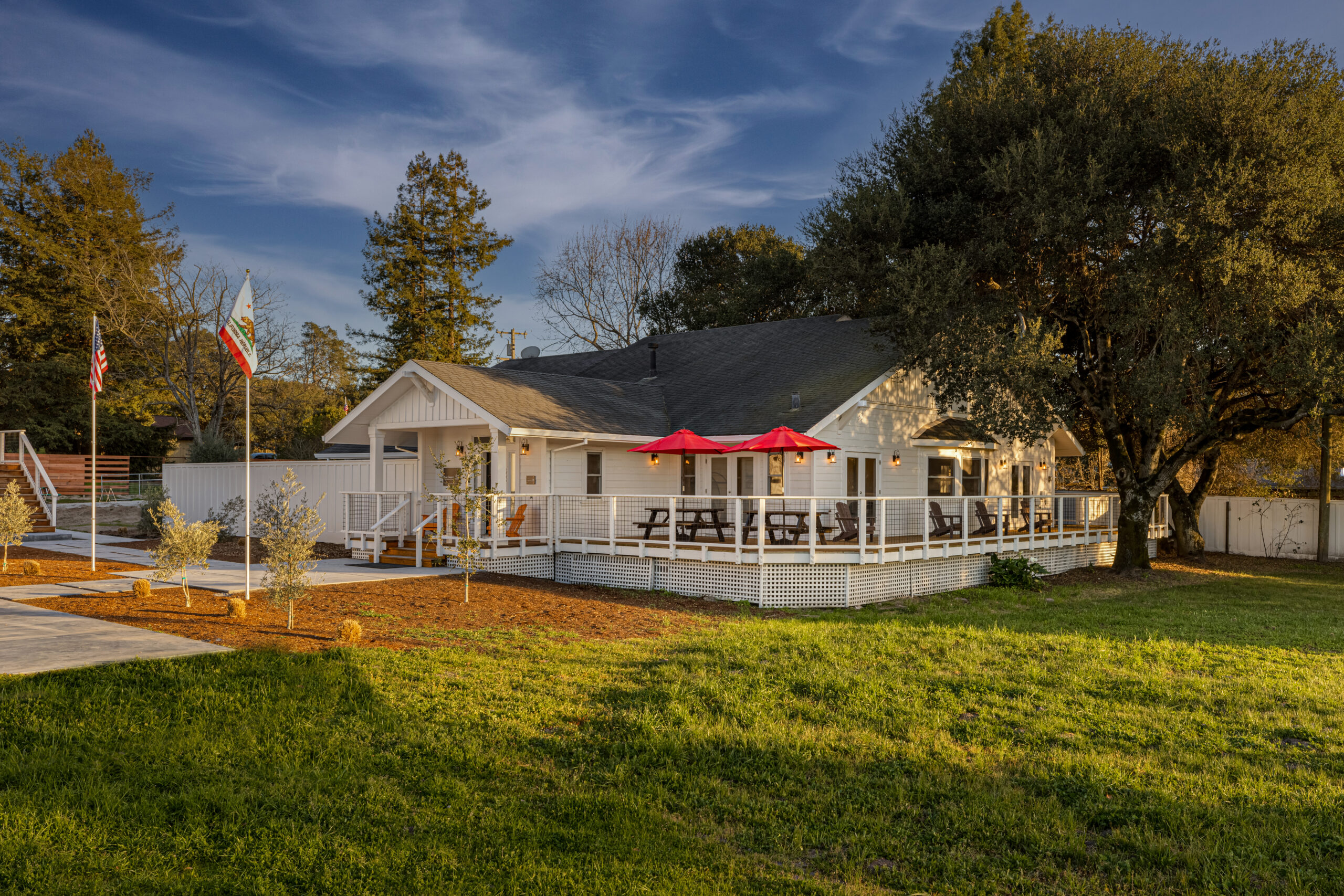Bipolar symptoms often emerge in adolescence, with 2.9% of U.S. teens receiving a bipolar disorder diagnosis. Early intervention and specialized treatment can make a profound difference, helping teens develop the skills and confidence they need to thrive. Muir Wood’s residential mental health and dual-diagnosis treatment treatment programs, are able to address teen bipolar disorder while providing compassionate, evidence-based care tailored to the unique needs of your teen.
When to Seek Residential Treatment
Residential treatment for bipolar disorder can be life-changing when mood episodes become frequent, severe, or disruptive to daily life. You might notice a drop in grades, fights with friends or family members, or sleep changes in your teen. If manic or depressive mood episodes feel overwhelming or unpredictable, a consistent, structured, and supportive residential treatment environment may be beneficial.
How Untreated Bipolar Disorder Can Impact a Teen’s Future
Bipolar disorder symptoms can make it difficult for teens to perform well in school and build positive relationships with friends and family. Left untreated, this can lead to substance use, self-harming behaviors, or suicidal ideation as a way to cope with overwhelming negative feelings or unsettling manic behavior. Early intervention and quality treatment reduce the teen’s reliance on maladaptive coping behaviors and empowers them to lead fulfilling lives. Find out if your teen is ready for recovery.
Why Choose Muir Wood for Bipolar Treatment
Our team provides compassionate adolescent mental health care in a safe, supportive environment. Rooted in expertise, compassion, and a commitment to long-term healing, we meet your child where he or she is. Families can rely on us for:
Expert Clinical Staff: Our highly trained and certified clinicians specialize in adolescent mental health and bring years of experience treating a wide range of conditions with proven, evidence-based approaches. Our staff is also experts in dual-diagnosis treatment.
Individualized, Compassionate Support: We understand every teen’s journey is unique. Our treatment for Bipolar disorder is tailored to each individual teen’s needs, with personalized care plans developed and updated continuously.
Separate Treatment Programs: By separating primary mental health treatment from those that need co-occurring substance use treatment (dual-diagnosis), we are able to provide focused care that addresses the root causes of each teen’s struggles, enhancing recovery outcomes. Additionally, our programs and locations are gender-separate.
A Focus on Long-Term Recovery: We emphasize life skills development, emotional resilience, and long-term recovery strategies that help teens build a brighter future. We also offer an aftercare support program for teens and their families.
Read our parent’s guide to selecting a residential treatment center.
Muir Wood’s Approach to Treating Teen Bipolar Disorder
Holistic Care Model
We take a holistic approach to all mental and behavioral health treatment for Bipolar disorder, integrating expert clinical care with experiential activities and academic support. We focus on fostering emotional stability, healthy relationships, and long-term well-being. While in treatment, teens participate in:
Individual Therapy: We use proven methods such as cognitive behavioral therapy (CBT) to help teens recognize and reframe unhelpful thought patterns and dialectical behavior therapy (DBT) to support emotional regulation and interpersonal skills.
Group Therapy: Guided group sessions create a safe, supportive space where teens can connect with peers facing similar challenges. These sessions foster social ease and provide real-time opportunities for shared learning and encouragement.
Family Therapy: Healing happens within a strong support system. Regular virtual family therapy sessions encourage open communication and strengthen relationships, helping parents become active participants in their teen’s recovery. Because trust and connection can be difficult for teens with bipolar disorder, developing these skills within the family system is a vital part of the healing process.
Experiential Activities: Non-therapeutic activities such as art, music, mediation, yoga and others, add real-world dimension to treatment and allow feelings to be expressed and processed in creative and engaging ways. These activities also help teens develop resilience in a supportive environment and build genuine connections.
Academic Support: 15 weekly hours of classroom-based academic support enables teens to maintain continuity with their home schools, enabling a smooth transition after treatment.
Success Stories
Muir Wood measures treatment success by the real-life progress teens make. Those who complete our program often experience greater emotional stability, improved relationships, and reduced stress, depression, and anxiety. Learn more about the success rates and outcomes of our treatment approach.
Move Forward with Support
If you’re concerned about your teen’s emotional well-being, please know help and healing are possible. Our admissions team offers confidential consultation to guide you through treatment options and determine whether Muir Wood’s mental health treatment program is the right fit for your teen’s needs. To learn more about how specialized treatment for Bipolar disorder can support your teen’s recovery:
Frequently Asked Questions FAQs
Bipolar disorder in teens is characterized by intense mood swings that include episodes of depression and mania or hypomania. Symptoms can vary based on the specific type of bipolar disorder but may include:
- Depressive episodes: Persistent sadness, fatigue, withdrawal from family and friends, difficulty concentrating, feelings of hopelessness, or changes in sleep and appetite
- Manic or hypomanic episodes: Elevated or irritable mood, bursts of energy, decreased need for sleep, impulsive or risky behavior, racing thoughts, and difficulty focusing
Because symptoms can overlap with other mental health conditions, a comprehensive assessment is essential for an accurate diagnosis and appropriate level of treatment. Symptoms may vary depending on the specific type of Bipolar disorder. Teens with Bipolar disorder often experience rapid mood cycling, shifting between depressive and manic states faster than adults.

